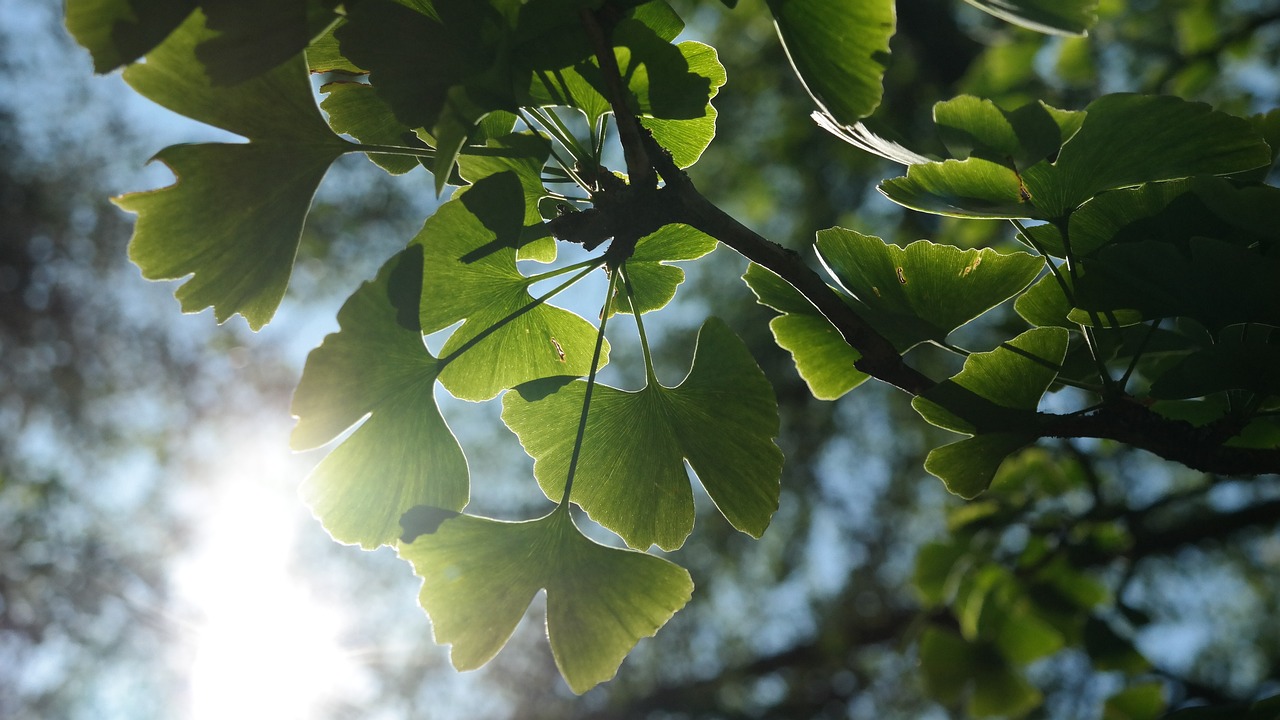Caring for indoor plants means understanding their basic needs, and lighting is one of the most crucial factors for their survival and growth. Without proper light, even the most resilient plant may fail to thrive. In this article, we’ll delve into the essentials of proper lighting for indoor plants and provide practical tips on how to ensure your leafy friends get just the right amount of light they need.
Understanding Plant Light Requirements
Plants have diverse lighting needs, which can be broadly categorized into three groups: low-light, medium-light, and high-light plants. Knowing which category your plant falls into is the first step in providing the proper care.
Low-Light Plants
Low-light plants are typically understory plants in their natural habitats. They are used to receiving dappled sunlight or shade and can thrive with minimal direct light. Examples of low-light plants include the snake plant (Sansevieria), pothos (Epipremnum aureum), and peace lily (Spathiphyllum).
Medium-Light Plants
Medium-light plants require more brightness but should still be protected from direct sunlight, which can be too intense and lead to leaf burn. A common example of a medium-light plant is the moth orchid (Phalaenopsis).
High-Light Plants
High-light plants are those that naturally grow in sunny environments. They need several hours of direct sunlight each day. Succulents, cacti, and many flowering plants fall into this category.
Assessing Your Indoor Lighting Conditions
Before you position your plants, it’s important to assess the lighting conditions in your home. There are a few factors to consider:
Direction of Windows
The direction your windows face can greatly affect the intensity of light that comes in. South-facing windows receive the most light, followed by east- and west-facing windows. North-facing windows offer the least amount of light, suitable for low-light plants.
Obstructions
Consider any obstructions that might block natural light, such as buildings, trees, or window treatments. These can significantly reduce the amount of light your plants receive.
Seasons
The angle of the sun changes with the seasons, affecting how much light enters your home. Pay attention to seasonal variations, especially if you live in an area with significant differences between seasons.
Maximizing Natural Light for Your Plants
To maximize the benefits of natural light for your indoor plants, follow these tips:
Rotate Your Plants
Regularly rotate your plants to ensure they receive light evenly on all sides. This prevents them from leaning towards the light source and promotes balanced growth.
Clean Your Windows
Keep your windows clean to allow as much light in as possible. Dust and grime can filter out valuable sunlight.
Use Reflective Surfaces
Placing plants near reflective surfaces, such as mirrors or white walls, can help to bounce light around and increase the overall brightness of the area.
Move Plants Seasonally
As the seasons change, move your plants to different locations to take advantage of the shifting light patterns in your home.
Artificial Lighting Solutions for Indoor Plants
When natural light is insufficient, artificial lighting can be a game-changer for indoor plant care. Here’s how to use it effectively:
Types of Grow Lights
There are several types of grow lights available, including fluorescent, LED, and high-intensity discharge (HID) lights. Each has its own advantages and is suitable for different plant types and growth stages.
Placement of Grow Lights
Place grow lights close enough to your plants to be effective but not so close that they cause heat damage. The ideal distance varies depending on the light source and plant species.
Timing
Use a timer to ensure your plants receive the right amount of light each day. Most indoor plants do well with 12 to 16 hours of artificial light.
Common Lighting Mistakes to Avoid
Even with the best intentions, it’s easy to make mistakes when it comes to lighting your indoor plants. Here are some pitfalls to avoid:
Overexposure to Direct Sunlight
Too much direct sunlight can lead to scorched leaves, especially for plants not suited to high light conditions.
Insufficient Light
Plants that don’t receive enough light may become leggy, with elongated stems and pale leaves, as they stretch towards the light source.
Ignoring Signs of Distress
Pay attention to your plants’ appearance. If they show signs of distress, such as yellowing or dropping leaves, it might be time to reassess their lighting situation.
Plant Care Beyond Lighting
While lighting is crucial, it’s just one aspect of plant care. Ensure your plants also receive the appropriate water, temperature, and nutrients they need to flourish.
Watering
Overwatering and underwatering can both be detrimental to plant health. Learn the specific watering needs of each plant and adjust accordingly.
Temperature and Humidity
Most indoor plants prefer temperatures between 65 and 75 degrees Fahrenheit (18 to 24 degrees Celsius) and moderate humidity levels.
Fertilization
Feed your plants with the right type and amount of fertilizer to promote healthy growth and flowering.
Conclusion
Proper lighting is a key component of potted plant care essentials. By understanding your plants’ light requirements and taking steps to provide the best lighting conditions, whether naturally or with the help of artificial sources, you can ensure your indoor garden thrives. Remember to combine good lighting practices with overall attentive care, and you’ll be rewarded with vibrant, healthy plants.
By following these guidelines and observing your plants closely, you can create an indoor oasis that not only enhances your living space but also brings the joy of plant parenthood into your life.






